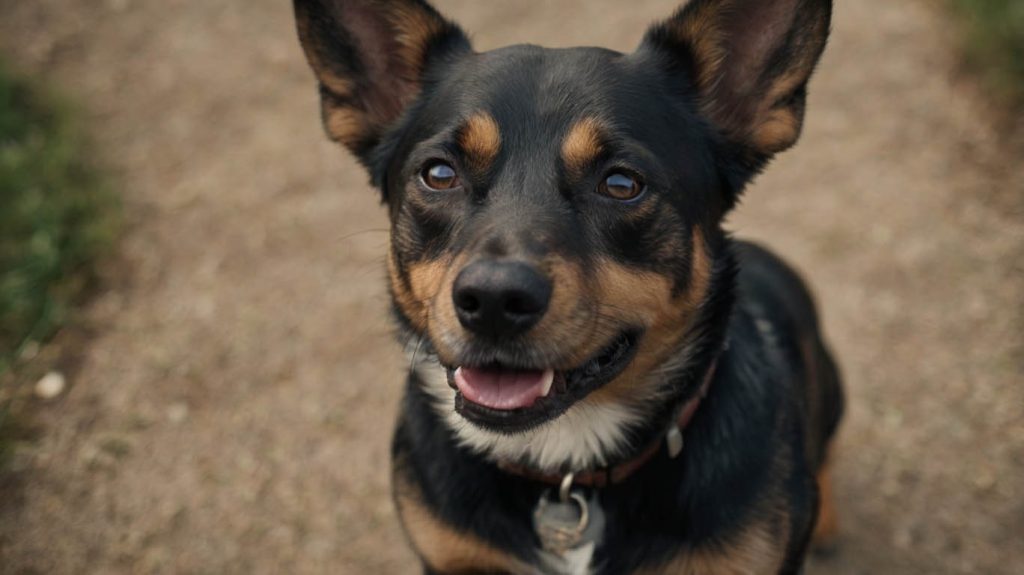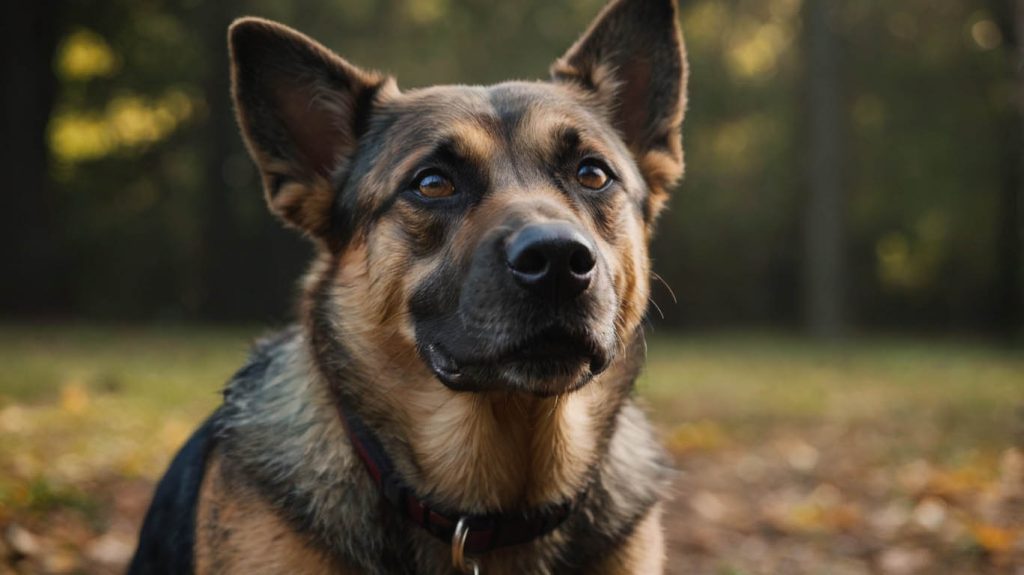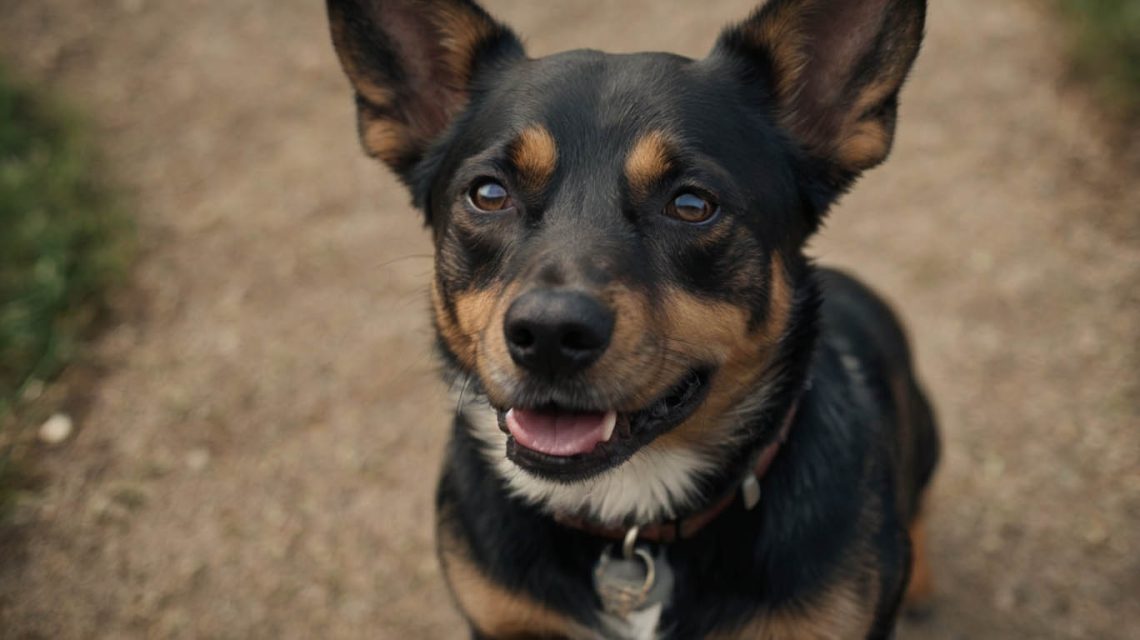Training your dog isn’t just a weekend project—it’s a lifelong investment in safety, trust, and communication. Whether you’ve brought home a playful puppy or adopted an older dog, knowing the most important commands to teach your dog will set you both up for success.
Imagine your dog sitting calmly at intersections, coming to you when called, or dropping something dangerous before swallowing it. These aren’t just tricks—they’re essential skills that every responsible dog owner must teach. In this article, we’ll explore the key commands, real-world applications, and training methods that actually work.
Why the Most Important Commands Matter for Every Dog
Let’s be honest: even the friendliest dog can be unpredictable. They might bolt after a squirrel, leap onto visitors, or chew something toxic. This is exactly why teaching the most important commands to teach your dog isn’t optional—it’s critical.
These commands provide structure. They keep your pup safe. And they make daily life easier and more enjoyable. In fact, consistent training reduces anxiety, prevents accidents, and strengthens the human-canine bond. So, whether your dog is tiny or towering, these essential cues make all the difference.

Top Most Important Commands to Teach Your Dog First
“Sit” – The Cornerstone of Canine Obedience
It’s simple, quick to teach, and incredibly useful. “Sit” is the go-to cue that helps redirect energy and creates calm in moments of excitement. It’s also the foundation for many other behaviors like “Stay” and “Wait.”
To teach it, hold a treat above your dog’s head. As their eyes follow the treat, their rear naturally lowers. The moment it touches the ground, say “Sit” and reward. With repetition, your dog will sit automatically when they need guidance.
“Stay” – Teaching Patience and Boundaries
Once “Sit” is solid, “Stay” becomes the next logical step. It’s one of the most important commands to teach your dog because it keeps them in place during potentially dangerous situations—like near roads or when visitors arrive.
Use a hand signal (like a raised palm), say “Stay,” then step back. If your dog remains still, reward. Increase distance and time gradually.
“Come” – The Lifesaving Recall Command
“Come” could be the most valuable command in your dog’s vocabulary. If your dog ever escapes, runs toward traffic, or encounters a threat, a reliable recall can prevent tragedy.
Make it fun. Use a cheerful tone, kneel, and call your dog. When they arrive, reward with enthusiasm. Practicing daily builds trust and responsiveness.
Commands That Boost Daily Life and Safety
“Leave It” – Preventing Dangerous Curiosity
Dogs explore with their mouths. “Leave it” teaches them to back off from toxic foods, sharp objects, or things they just shouldn’t touch. It’s one of the most important commands to teach your dog if you want peace of mind during walks or at home.
Place a treat in your closed fist. Let your dog sniff it. When they stop or look away, say “Leave it” and reward with a better treat from the other hand. Repeat with different items for real-world application.
“Drop It” – Stopping Resource Guarding and Accidents
This command teaches your dog to release items from their mouth. It’s helpful during fetch, but it’s critical if they grab something dangerous.
During play, show a treat while your dog holds a toy. Say “Drop it.” When they release, reward immediately. Over time, your dog will happily trade items for rewards.
“Down” – Encouraging Calm and Submission
“Down” helps settle dogs in high-energy or stressful situations. Whether you’re at the vet or a busy café, “Down” can be a game-changer.
From “Sit,” lure your dog down with a treat toward the floor. Say “Down” as their elbows touch the ground, then reward. Patience is key here—it might take a few tries.
A Real-Life Story: From Chaos to Calm with Five Commands
Meet Jake, a 1-year-old rescue Lab. Energetic, stubborn, and jumpy, Jake was difficult to walk and impossible to control around distractions. His owner, Lisa, felt overwhelmed—until she focused on the most important commands to teach your dog.
In the first week, Jake mastered “Sit.” By week three, he responded to “Stay” and “Come” even when distracted. By the second month, he calmly laid down at the vet’s office and dropped tennis balls on cue.
Lisa’s success came from short, daily training sessions and consistency. Today, Jake is calm, attentive, and trusted off-leash.
Training the Most Important Commands Effectively
Use High-Value Rewards Early On
To build strong habits, reward every correct response in the beginning. Use small, soft treats your dog loves. As they improve, phase into praise and affection.
Be Consistent with Words and Gestures
Pick one word per command and stick to it. For example, don’t switch between “Come” and “Here.” Also, use the same hand signal every time.
Practice in Different Environments
Start indoors, then move outside, to the car, or to a friend’s house. Dogs need to generalize commands in different places to follow through reliably.
Keep Sessions Short and Frequent
Aim for 5–10 minute sessions, 2–3 times daily. Always end on a positive note—even if it’s a small success.

The Most Important Commands to Teach Your Dog in Context
| Situation | Recommended Command |
|---|---|
| Greeting guests | Sit, Stay |
| Near busy streets | Come, Wait |
| Fetch or tug games | Drop it |
| Eating or found objects | Leave it, Drop it |
| During vet visits | Down, Stay |
Incorporating these cues into everyday routines helps reinforce their value.
Common Training Mistakes to Avoid
- Saying commands too often without waiting for a response
- Punishing mistakes instead of rewarding correct behavior
- Training when the dog is tired or distracted
- Inconsistency among family members
Fixing these issues early accelerates progress and prevents confusion.
FAQs About the Most Important Commands to Teach Your Dog
What’s the first command I should teach my dog?
Start with “Sit.” It’s easy to learn and useful in nearly every scenario.
How many commands should I teach at once?
One or two at a time is ideal. Once mastered, add more.
Can older dogs still learn these commands?
Yes! Dogs of any age can learn with positive reinforcement and consistency.
How long does it take to teach a command?
Some dogs learn in a few days. Others need a couple of weeks. It depends on age, breed, and environment.
What if my dog ignores commands outside?
Practice in quiet areas first, then gradually add distractions. Use high-value rewards outdoors.
Do I need a professional trainer?
Not always. Many dogs respond well to consistent home training. However, a trainer can help with specific behavioral challenges.
Conclusion: Train Smart with the Most Important Commands
Now that you understand the most important commands to teach your dog, it’s time to take action. These aren’t just tricks—they’re tools for communication, control, and connection. With a little daily effort, your dog will become safer, more focused, and a joy to live with.
Start small. Stay consistent. Celebrate every step forward. Your dog wants to learn—you just need to show them how.


